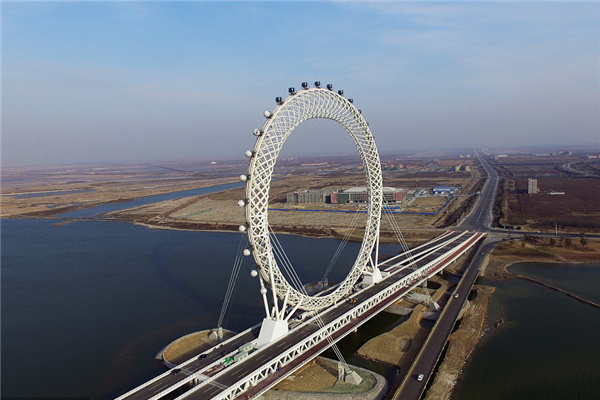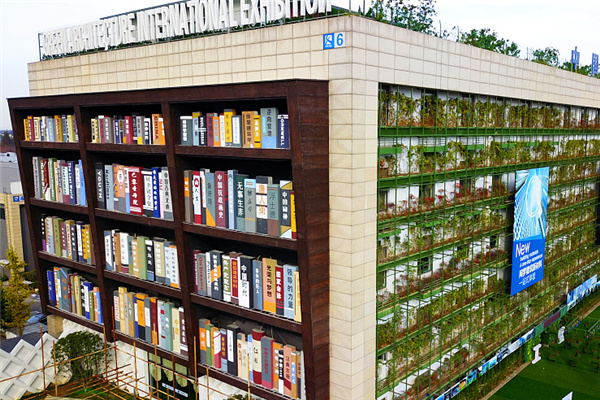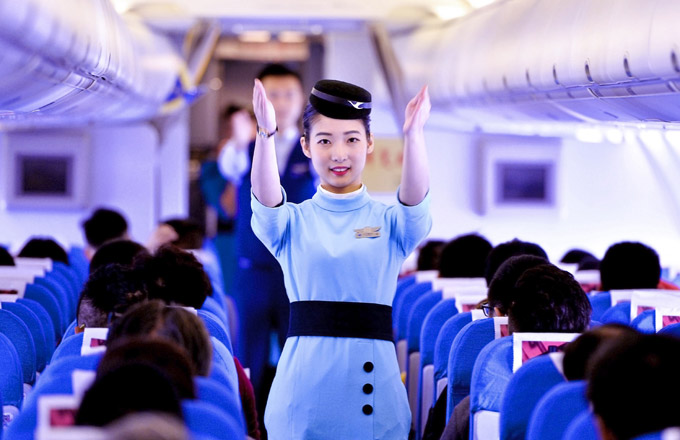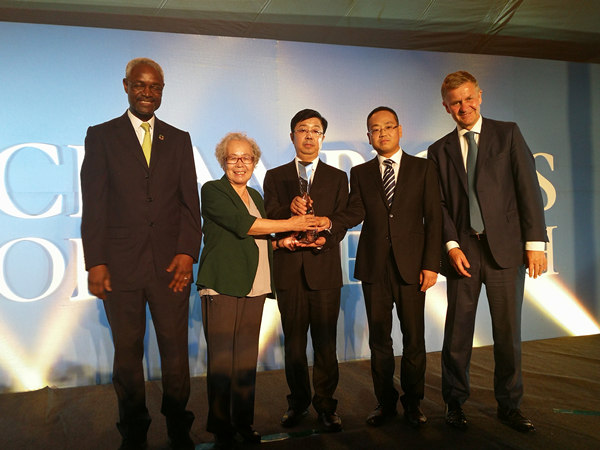

|
Sohu website advertisement outside a public bus in Nanjing, capital of Jiangsu province. The latest CTR Market Research report shows that Internet commercials are developing at the fastest pace, and will be those who suffer least because of the global financial crisis. |
Amid fears that advertisers will tighten their purse strings due to the grim economic outlook, China Central Television's (CCTV) recent 2009 prime-time advertising auction bucked the trend.
At the auction, major advertisers spoke with daring bids, which topped 9.2 billion yuan, a jump of 15.4 percent from last year's 8.03 billion yuan.
With the world's largest audience, CCTV has a decisive lead in ad revenue. Its annual live auction has been dubbed China's "brands Olympics" and "the barometer of China's economy".
But experts have cast doubt on this "barometer".
"It's just rhetoric," says Chen Gang, advertising professor with Peking University, "You can't find a second media like CCTV in China, so it does not represent the overall ad market."
In Chen's opinion, several factors contributed to CCTV's ad triumph.
First, its influence soared this year, thanks to the coverage of major events like the May 12 Sichuan earthquake and the Olympic Games.
Second, it experienced more comprehensive development. CCTV-1 used to attract 70 percent of the total ad revenue, now it only accounts for 30 percent.
Third, its professional advertising service exceeds most other media outlets.
Fourth, if advertisers are going to adopt a "focus" strategy, the "focus" is CCTV.
"Leaders' accomplishments tend to snowball, while those who are weak tend to be even weaker," says Chen.
Media: Different landscape
But distinctions do exist between different media.
"TV has been relatively unscathed by the economic meltdown," Derek Kwok, the China managing director of Zenithmedia, a leading media buying company, tells China Business Weekly.
Chen agrees. "Growing numbers of companies are being targeting in less-developed counties and rural areas. TV is the most effective way to reach these markets."
The latest CTR Market Research report shows the TV ad revenues reached 206.3 billion yuan in the first three quarters of this year, accounting for 79 percent of total ad revenues (excluding the Internet).
However, the most eye-catching outlet is the Internet. "Now, Internet advertising is developing at the fastest pace, and this will be the area that suffers least," says Chen.
Chinese domain names will be adopted over the next year, which will add further momentum to Internet marketing, says Chen.
Internet ads are unique in terms of interaction. "It is not only a kind of ad, but a way of communication," says Chen, "I think in the near future, the marketing strategy will see a fundamental change, in which a company will put its website at the center of its marketing package, integrating a variety of channels."
Kwok is also bullish about Internet ads, expressing particular enthusiasm about search engines, social network service and vertical websites.
In contrast to the Internet, print media presents a totally different landscape.
Asked about how much economic woes have impacted ad sales, a manager at a popular national newspaper's ad department declined to offer specific figure, only saying its top executives are estimating the toll.
Indeed, analysts generally expressed pessimism regarding print media. The soaring price of newsprint and the impact of Internet ads are taking their toll. "Real estate companies, auto makers and retailers are print media's major advertisers. Now, they are suffering," says Kwok.
Advertisers: a fragmented vision.
Advertisers also have different outlooks.
Companies that bid for airtime in the CCTV auction were from sectors closely related to consumer lifestyle products and services, such as beverages, food, medicine and health.
This is in line with CTR Market Research's report, which shows companies making cosmetics and daily necessities, such as soap and toothpaste, spent most in the first three quarters of the year. Olay, a Procter & Gamble (P&G) face care brand, increased its ad spending by 22 percent to become number one in the ranking.
Nice, a leading brand of soap and washing powder, spent 305 million yuan to sponsor CCTV drama programs in 2009 that cost it 229 million yuan in 2008. "This is within our planned range," said Dong Liying, an executive in Nice's marketing department.
Domestic milk companies, who are eager to cast off the shadow of the tainted milk scandal, bid aggressively, with Mengniu Dairy Co spending 44.9 million yuan for an ad between the Weather Forecast and Focus news programs. Ads before Weather Forecast were purchased by newcomer Sanyuan Dairy Co at a cost of 132 million yuan.
And the volume of advertising bids by financial and insurance companies also expanded significantly this year. Twelve banks and insurance companies bid successfully, spending more than 1 billion yuan altogether.
However, as Kwok says, luxury product makers have been "hit heavily. They are not necessities, so when consumers are in a bad financial situation, they are the first to be cut."
Facing pressures from their head offices in the US and Europe, many multinationals cling to China as their silver lining. But when spending on ads, they are cautious. P&G, which has remained the single biggest customer in the auction for consecutive three years, remained low key, refusing to disclose whether it maintained the title. Kwok says P&G's bid this time increased 5 percent, which is "mild growth".
Next year: cautiously optimistic
In fact, despite the cheers from CCTV, China's ad industry has reasons to worry.
The latest report from CTR Market Research says the growth rate of China's ad spending in the first three quarters of the year already slowed to 13 percent, compared to 17 percent in the same period last year. The market research company forecasts that ad spending in the fourth quarter will further dive, dragging the whole year's growth to 11 to 12 percent.
But according to Chen, there are as many reasons to cheer as to worry, "We have to evaluate the coming situation from an all-round perspective. Six major factors, including three positive and three negative, should be taken into consideration."
Among the positive factors to prop up sustainable growth, vast domestic demand is the defining one. "We have seen an increasing income for Chinese residents in recent years, and I believe China is now the most valuable market in the world." says Chen.
The Internet is another reason to be optimistic. The number of Internet users in China has surpassed the US and ranks No 1 in the world. China's Internet advertising is also leading the world.
At the same time, macroeconomics is the biggest negative factor, which is experiencing a downturn.
The second was the Beijing Olympics, which encouraged enterprises to pour considerable sums into advertising. As a result, the post-Olympic period will see a comparative slump, which Chen describes as a "restoration phase".
The third is that consumers' confidence in many brands is experiencing a downturn following the melamine in dairy products scandal.
With these factors in mind, Chen sees "knock out" competition ahead. "We have to admit that a large quantity of weak media and ad companies will disappear," Chen says, "It is a process of selecting the superior and eliminating the weak."
The year 2009 will be "a year of integration", as described by Chen. In a long run, this is good."
Chen says he is "cautiously optimistic" about 2009's prospect, which he predicts a growth of around 10 percent. Kwok says the growth would be 8 to 9 percent.
(China Daily 12/01/2008 page2)













